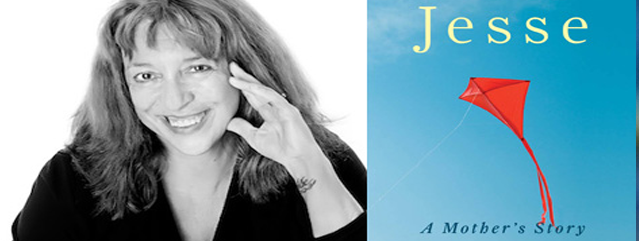It’s on the Tip of My Tongue: Traumatic Brain Injuries and Word Finding
Many people experience moments when they can’t come up with the exact word, or words, they want to express, and resort to the hackneyed phrase: “It’s on the tip of my tongue.” But for those suffering from a traumatic brain injury, this phrase extends beyond its timeworn use. Word finding, or word retrieval, is one of the most common cognitive difficulties in TBI survivors. The language center of the brain is located in the left hemisphere – the frontal and temporal lobes. Difficulty with word retrieval usually means the damage has occurred in the frontal lobe, the location of most TBIs.
What does this mean for individuals who have suffered a frontal lobe injury? Called dysnomia, or anomia, they tend to have difficulty naming objects, people, and places. They may know what the object is that they are looking at, but cannot identify it. Sometimes the process is selective, say, to colors. For instance, individuals might know the difference between blue and pink, but cannot name them. In other cases, individuals might be able to identity an object through sound – the ringing of a bell – or touch – a needle – but not sight. Others might use the wrong word. For example, instead of saying, “Can you please pass the salt,” they might say, “Can you please pass the tire?” http://www.speech-therapy-on-video.com/wordfindingdifficulty.html
Circumlocution, a strategy where you “talk around” the name of the object, person, or place you are attempting to identify, often helps. If you’re looking for your cell phone, and you want to ask your husband if he has seen it, you might say, “It’s portable and it rings.” That way he will know what you are talking about. Also, this might prompt you to remember the object. Reciting the alphabet is a strategy that triggers words for me, especially if I can’t recall someone’s name, which happens all the time, even if I just met the person five seconds earlier. So, if I’m trying to recall the name Nancy, I say the alphabet in my head until I get to N. You can also visualize the word written out on a chalkboard, or whiteboard, or even a pad of paper. Similar to circumlocution, if someone cues me by sounding out the beginning of a word I’m struggling to express, my brain synapses suddenly come to life. http://www.speech-therapy-on-video.com/wordfindingdifficulty.html
For writers with a TBI, difficulties with word retrieval interfere with crafting poetic sentences for our readers to chew on. I typically find myself staring at a sentence for several minutes, rubbing my forehead and biting on my pencil. It’s not unusual for me to spend hours working on one paragraph. I usually end up resorting to my pile of notebooks of quotes I’ve collected from some of my favorite authors. For instance, if I’ve used “walk” a hundred times in my manuscript to describe someone entering a room, I flip through the notebooks, scanning the pages for unique ways other authors describe this same action. Of course, I do not steal their phrases, but seeing alternative ways to express “walk” is similar to someone verbally cueing me: My brain lights up with all kinds of options to consider, and I feel as if I just won the lottery.
Give these exercises a try, and feel free to share what works for you.
(FYI: Including research, it took me five hours and twenty-eight minutes to write this bog post).
Read More





Recent Comments